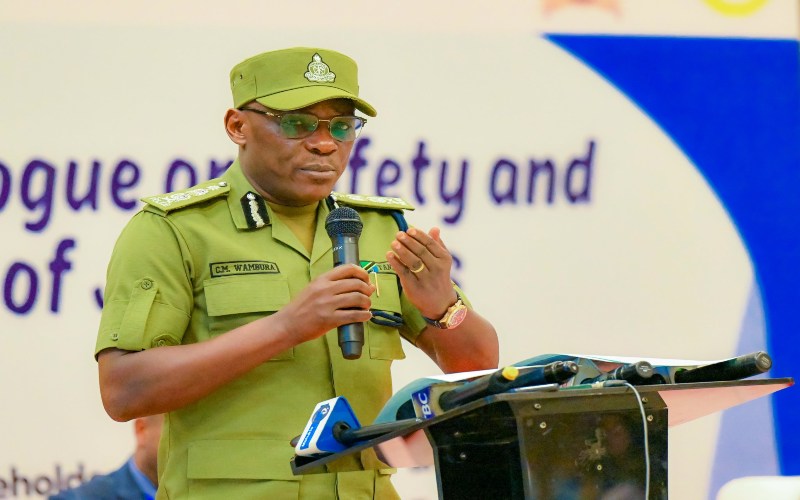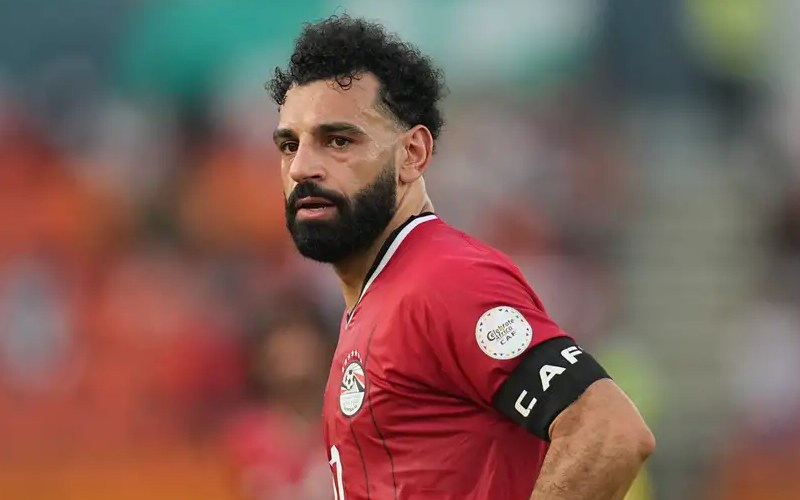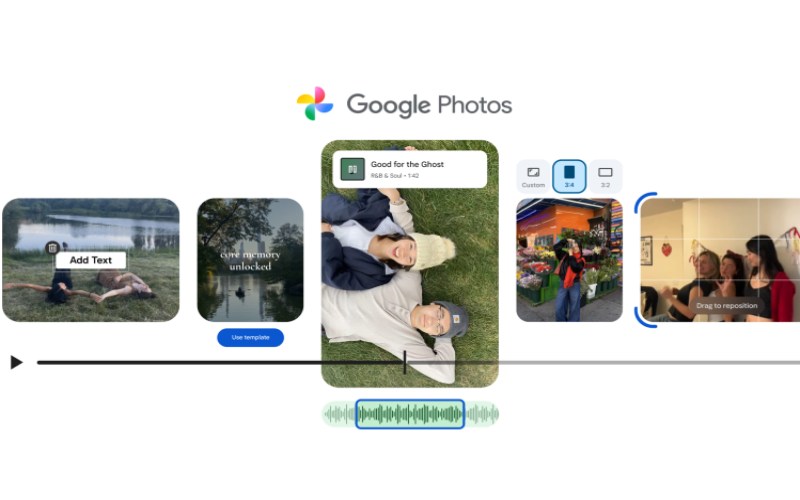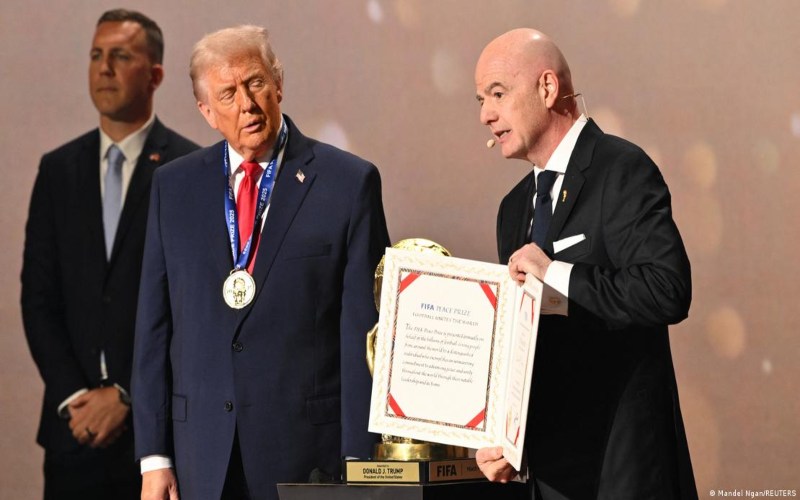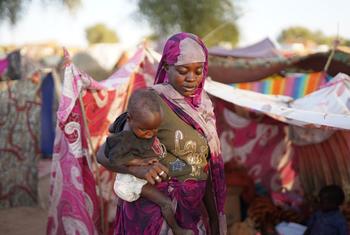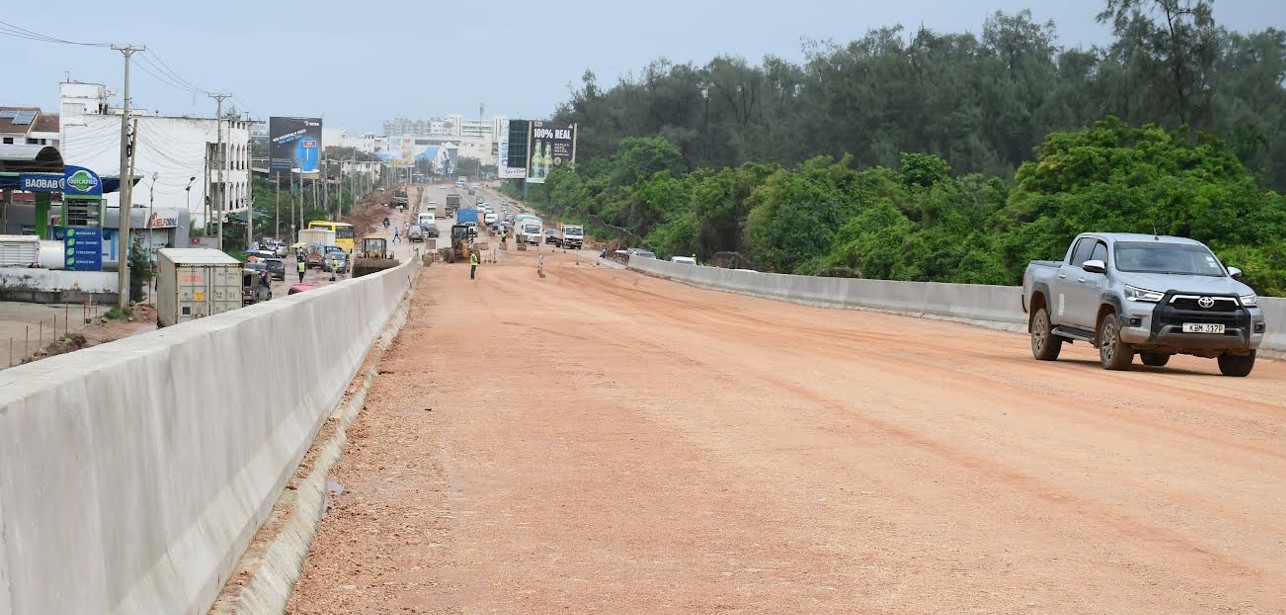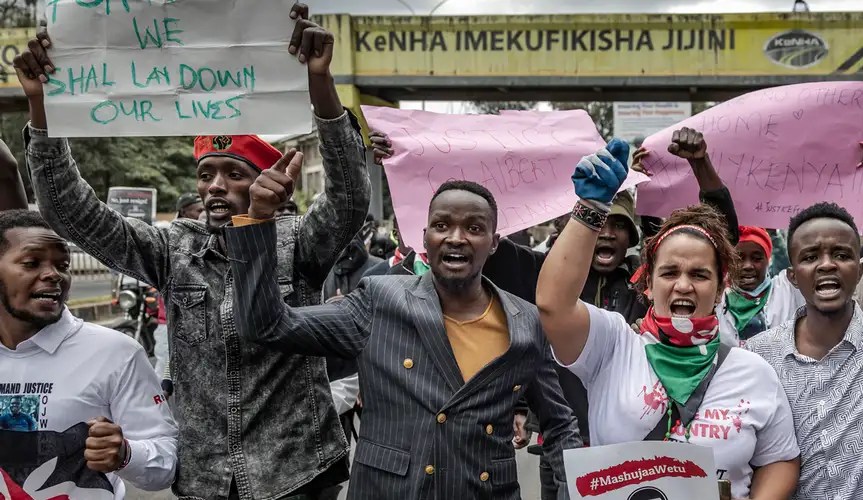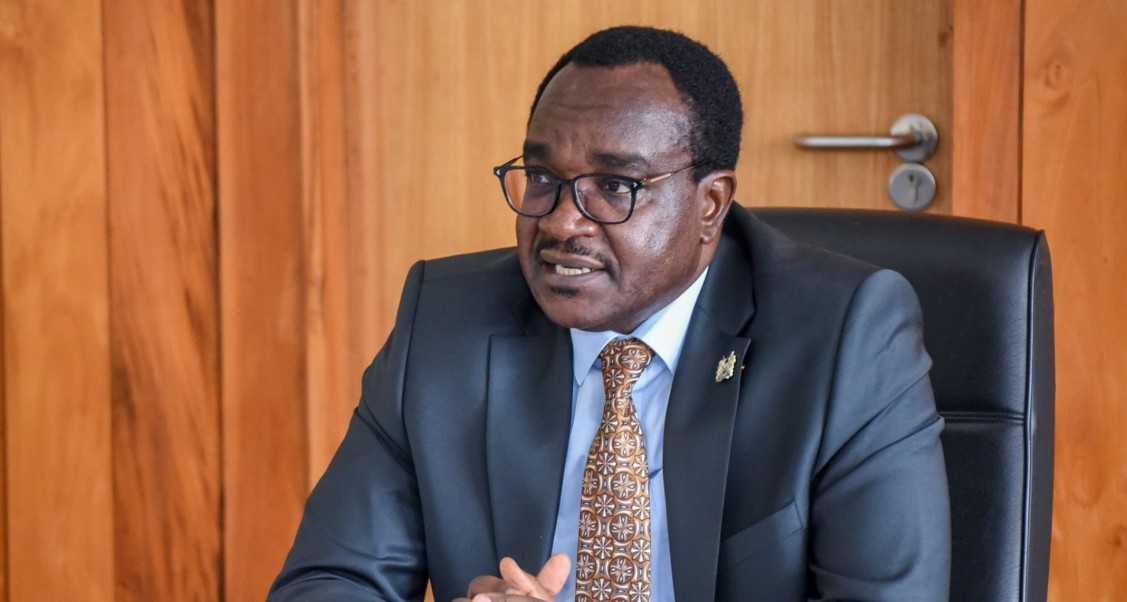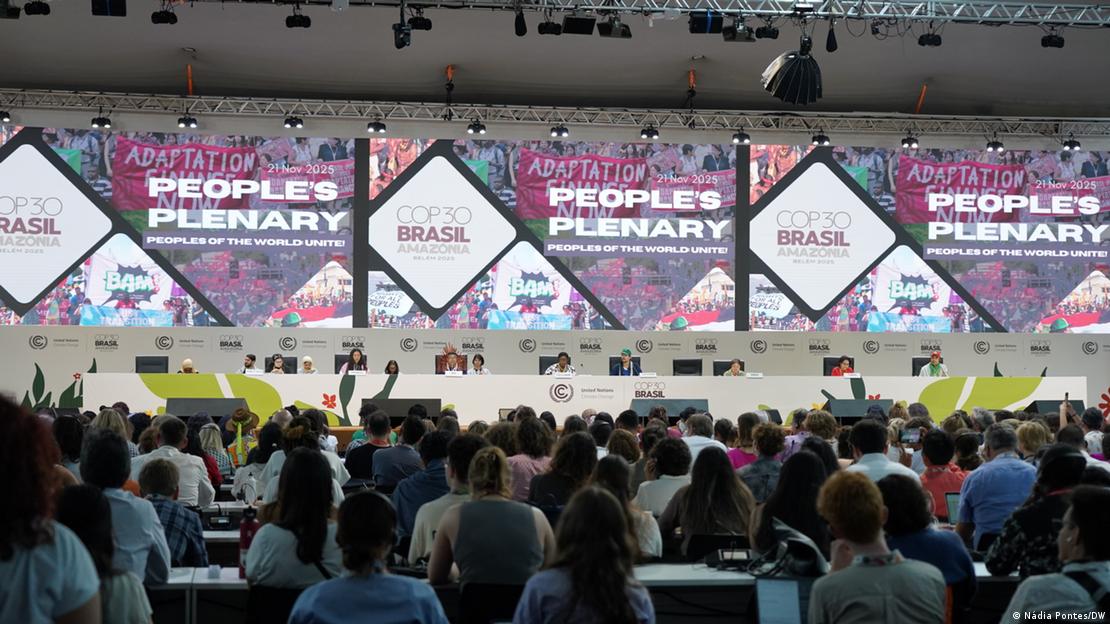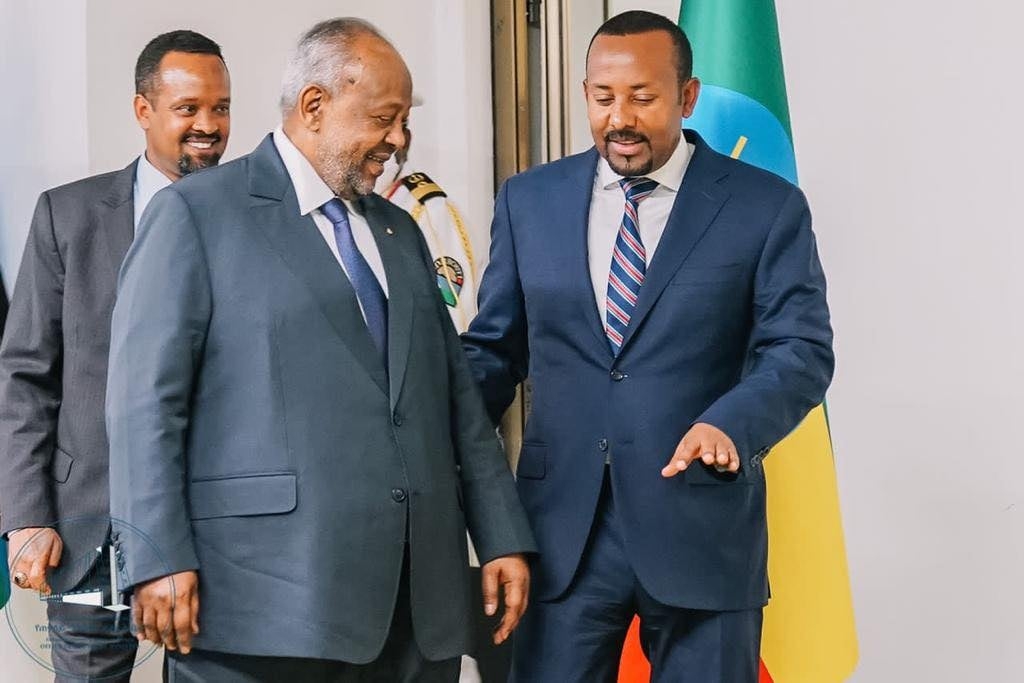Ruto tackles ‘hakuna dawa’ in hospitals with Sh10bn boost to KEMSA, county payments push
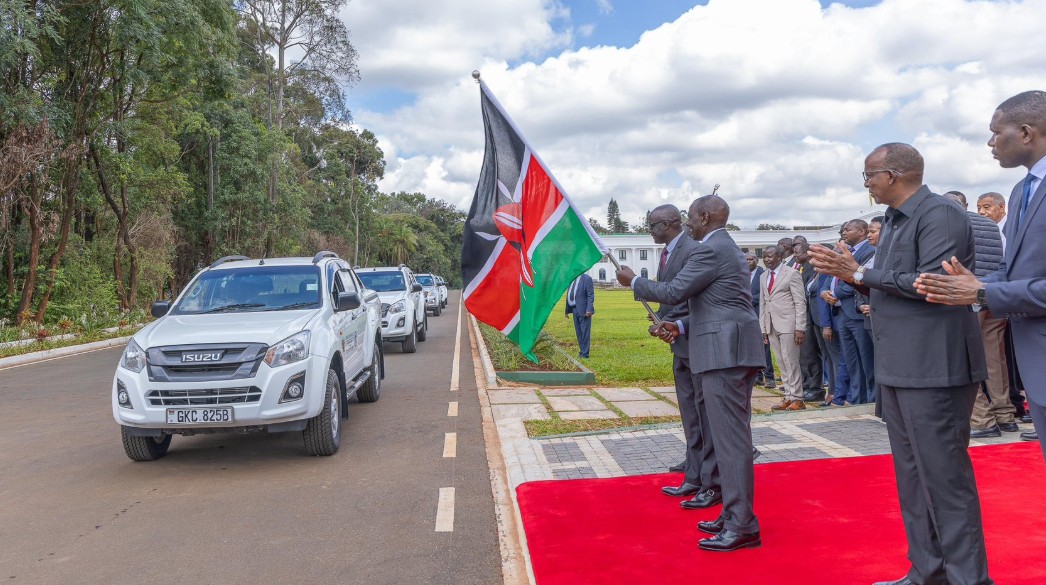
President Ruto said a framework agreement between the Social Health Authority, KEMSA, and county governments is in place to support the smooth delivery of medical supplies.
President William Ruto has vowed to end the long-standing medicine shortage in public hospitals, commonly known as “hakuna dawa”, by boosting the Kenya Medical Supplies Authority (KEMSA) with a Sh10 billion facility and demanding prompt payments from counties.
Speaking at State House, Nairobi, on Friday during the handover of disease surveillance vehicles to all 47 counties, Ruto said the shortage of drugs in public hospitals is the biggest complaint from Kenyans and must be resolved once and for all.
More To Read
- KNCHR says Kenyans still locked out of healthcare despite Sh138 billion SHA boost
- MPs ditch SHA, the public health scheme they once praised, and opt for private cover
- Patients suffer as Gaza hospitals faces severe shortage of life-saving medicines
- How Trump–Ruto health deal fills the void left after USAID exit
- UNAIDS hails Kenya–US health framework as major boost for HIV response
- Kenya, US sign Sh208 billion health cooperation deal to transform to strengthen primary care, services
“Good people, we all agree that the biggest quarrel from the public in public health facilities is the ‘hakuna dawa’ thing. So we must deal with it,” Ruto said.
To achieve this, the government has provided KEMSA with Sh10 billion to ensure the authority can supply all required medical commodities.
Ruto challenged county governments to play their part by paying KEMSA for the drugs delivered.
“I want the CEO of KEMSA to confirm; we have provided a facility of Sh10 billion to KEMSA, and they have absolutely no reason today why they cannot supply every commodity that is required by counties,” he said. “But as KEMSA provides commodities, counties must also pay. It’s the only way.”
He said the arrangement is simple and should work without friction.
“You scratch my back, I cut yours – the lawyers call it quid pro quo or something,” Ruto joked as he addressed the governors present.
Smooth delivery
President Ruto said a framework agreement between the Social Health Authority (SHA), KEMSA, and county governments is in place to support the smooth delivery of medical supplies.
Under this arrangement, counties will be required to clear debts owed to KEMSA, especially now that the national government is paying healthcare funds directly to the facilities.
“We just have to agree that counties have to sign that as we pay their share claims, we will make sure that we pay for the medicines that are being supplied by KEMSA,” Ruto said.
He added that solving the medicine shortage was one of the three key priorities in the health sector, alongside timely payments and proper equipment.
“We needed to sort out payment. We needed to sort out commodities. And we needed to sort out equipment,” said the President.
During the event, President Ruto also flagged off disease surveillance vehicles for each of the 47 counties, saying the move strengthens public health systems at the grassroots. He described the vehicles as both symbolic and practical in enhancing the government’s ability to detect and respond to health emergencies.
“These vehicles not only enhance logistical capacity but also symbolise the national government’s commitment to strengthening public health systems and disease surveillance infrastructure at the grassroots level,” he said.
He noted that Kenya had made major strides since the Covid-19 pandemic, including improved traveller screening, rapid response activation, and digitised surveillance systems in all counties. More surveillance officers and frontline health workers have also been deployed nationwide.
Ruto said the expansion of diagnostic labs and referral systems had improved case confirmation times and strengthened the country’s ability to respond quickly to health threats.
“Counties are the first line of defence in our health emergency preparedness and response efforts. It is through strong collaboration between the two levels of government that we will succeed in building a resilient, responsive, and accountable health system,” he said.
Paperless health services
Ruto also announced that within six months, all public health services will go paperless to curb fraud and stop the supply of drugs to ghost patients. The transformation has already begun in six counties.
“We just want to make sure that fraud and treating non-existent people, and supplying medicines to non-existent people, stop. Technology, good people, is going to help us,” he said.
To further streamline the system, the President said SHA will soon complete the recruitment of qualified professionals to manage the healthcare programme. He gave an assurance that no staff from the defunct National Hospital Insurance Fund (NHIF) would lose their jobs.
“As promised, staff from the defunct NHIF have been given priority in the process. Those not selected for positions within SHA will be reassigned to other roles within the Public Service,” Ruto said.
He also called on all Kenyans to register with SHA and move away from fundraising for medical bills through harambees and WhatsApp groups.
“We are building a sustainable, dignified healthcare system that serves everyone without discrimination,” he said.
The President revealed that since the launch of Taifa Care in October 2024, over 22 million Kenyans had already registered with SHA, with an average of 45,000 new sign-ups every day. All registered Kenyans will access primary healthcare services for free, paid for by SHA.
Public health facilities at levels 2, 3, and 4, along with SHA-contracted hospitals, are now required to serve Kenyans without charging fees, as the authority is settling payments promptly.
Top Stories Today
